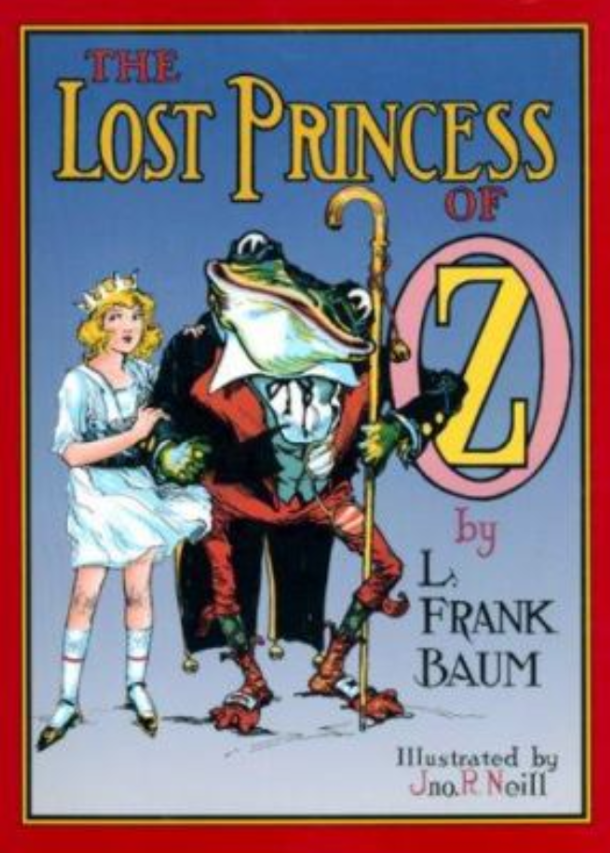Inhabitants of the Emerald City proudly claim that no harm can ever come to them in the Land of Oz. However, when the most prized possessions of the most venerable people go missing, they, themselves, are forced to admit that the realm is no longer safe to wander in.
In The Lost Princess of Oz, Frank L. Baum keeps the reader on tenterhooks, with his stylistic craft choice of withholding information about events and characters until late in the plot. His classic technique of writing, coupled with his exemplary creativity and habit of incorporating suggestions from his readers, produces a simply unmissable narrative. Baum unveils an entirely new side of Oz, making it simply a vital read to completely understand the ins and outs of the realistic nature of the incredible realm that is Oz.
It is simply a normal morning, or perhaps more appropriately, everyone thinks it is a normal morning, until Jellia Jamb and all the other eager residents of the Emerald City are surprised to not find Ozma, the beloved ruler of Oz, at the breakfast table. Being one of the most intimate friends of the princess, a young girl from Kansas, enters Ozma’s bedroom, only to find absolutely no trace of her. Even her magic picture, a frame that displays anything one desires to witness, is absent from the ruler’s wall.
Even as Ozma’s closest friends embark on a journey to the palace of Glinda the Good sorceress of the South for guidance, more news comes raining upon them like avalanching boulders. All of Glinda’s magical tools, including her Magic Book of Records as well the Wizard’s black bag of magic tools have been stolen.
Where is all the magic of Oz disappearing? Meanwhile, on the other side of the kingdom, the diamond-studded cookie-pan of a young woman gets stolen. As the narrative progresses, Baum cleverly unravels how these seemingly uncorrelated disappearances play into an intricately weaved plot.
Teaching us valuable lessons about plot development, this olden-day classic still belongs in the front shelves of libraries.














